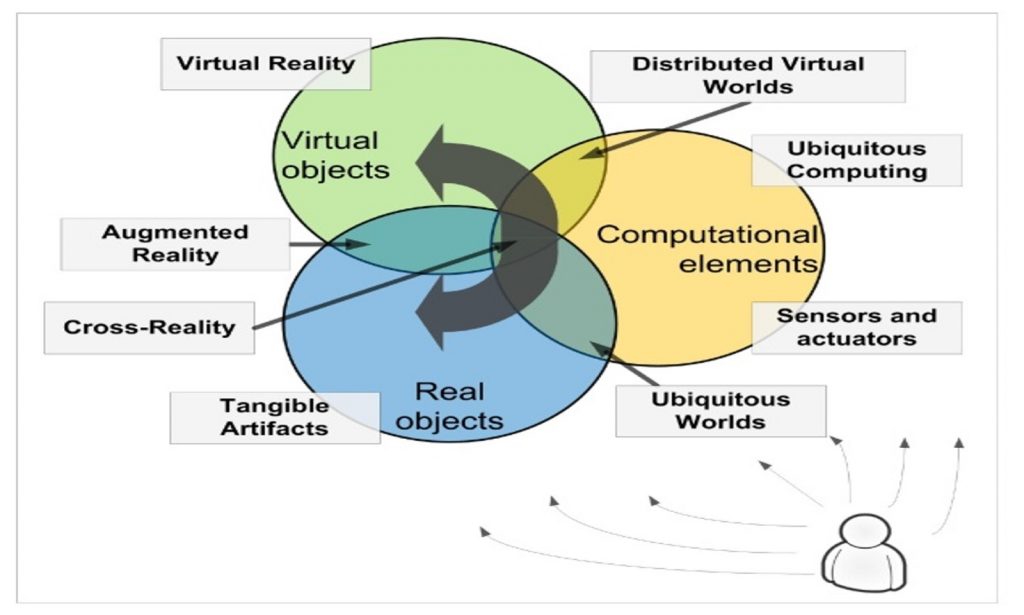AREA Safety Infographic
An increase in patients’ cognitive processes using augmented reality in the medical industry where patients use augmented reality tasks to regain cognition, mobility, and ability to perform basic human tasks.
AR can keep cognitive load low or even reduce it, thus, freeing up working memory capacities and facilitating learning.
 AR is generally viewed to reduce mental workload, improve task performance, reduce error rate, and increase task accuracy in learning practical tasks 39 in the medical and construction professions. AR can also reduce cognitive workload by changing the perception of instruction as AR could augment vital information in the real world to enhance understanding of information in instances where the learner would have to rely on textbook instructions 39. The AR systems mitigate the mental activities and interpretation of information, and users would only need to execute a task without physical effort. The 3D models in AR help facilitate mental representation and spatial cognition, making the instructions easy to understand and reducing the mental workload of visualization of tasks and learning activities. However, new challenges can be introduced by the AR systems that could challenge learner performance. Most research studies assess AR systems’ effectiveness on performance improvement, mainly on task completion time and error rate, and give little evidence on the effectiveness of AR systems on each stage of learning.
AR is generally viewed to reduce mental workload, improve task performance, reduce error rate, and increase task accuracy in learning practical tasks 39 in the medical and construction professions. AR can also reduce cognitive workload by changing the perception of instruction as AR could augment vital information in the real world to enhance understanding of information in instances where the learner would have to rely on textbook instructions 39. The AR systems mitigate the mental activities and interpretation of information, and users would only need to execute a task without physical effort. The 3D models in AR help facilitate mental representation and spatial cognition, making the instructions easy to understand and reducing the mental workload of visualization of tasks and learning activities. However, new challenges can be introduced by the AR systems that could challenge learner performance. Most research studies assess AR systems’ effectiveness on performance improvement, mainly on task completion time and error rate, and give little evidence on the effectiveness of AR systems on each stage of learning.
Augmented reality (AR) is a technology that overlays digital information and graphics on the user’s view of the real world. It can create immersive and engaging experiences, but also pose challenges and limitations for the user interface design. One of the main issues is cognitive overload, which occurs when the user is overwhelmed by too much or irrelevant information, causing confusion, frustration, and reduced performance.
Study:
The study presented in this paper investigated whether these structural distortions can be reduced by projecting a holographic grid into 3D space – https://link.springer.com/article/10.1007/s41064-020-00104-1
The results of this experiment show that modern AR interfaces have the potential to improve the performance of basic spatial tasks, which corresponds to similar results reported by Hedley (2003). A holographic grid system mediated by a Microsoft HoloLens surface and projected onto an indoor floor supports distance estimations. The results also indicate that this advantage for distance estimations is not valid for the recall of object locations.
References:
http://pubs.sciepub.com/education/9/8/6/index.html
https://onlinelibrary.wiley.com/doi/full/10.1111/jcal.12617
https://www.linkedin.com/advice/0/how-can-you-avoid-cognitive-overload-when-designing